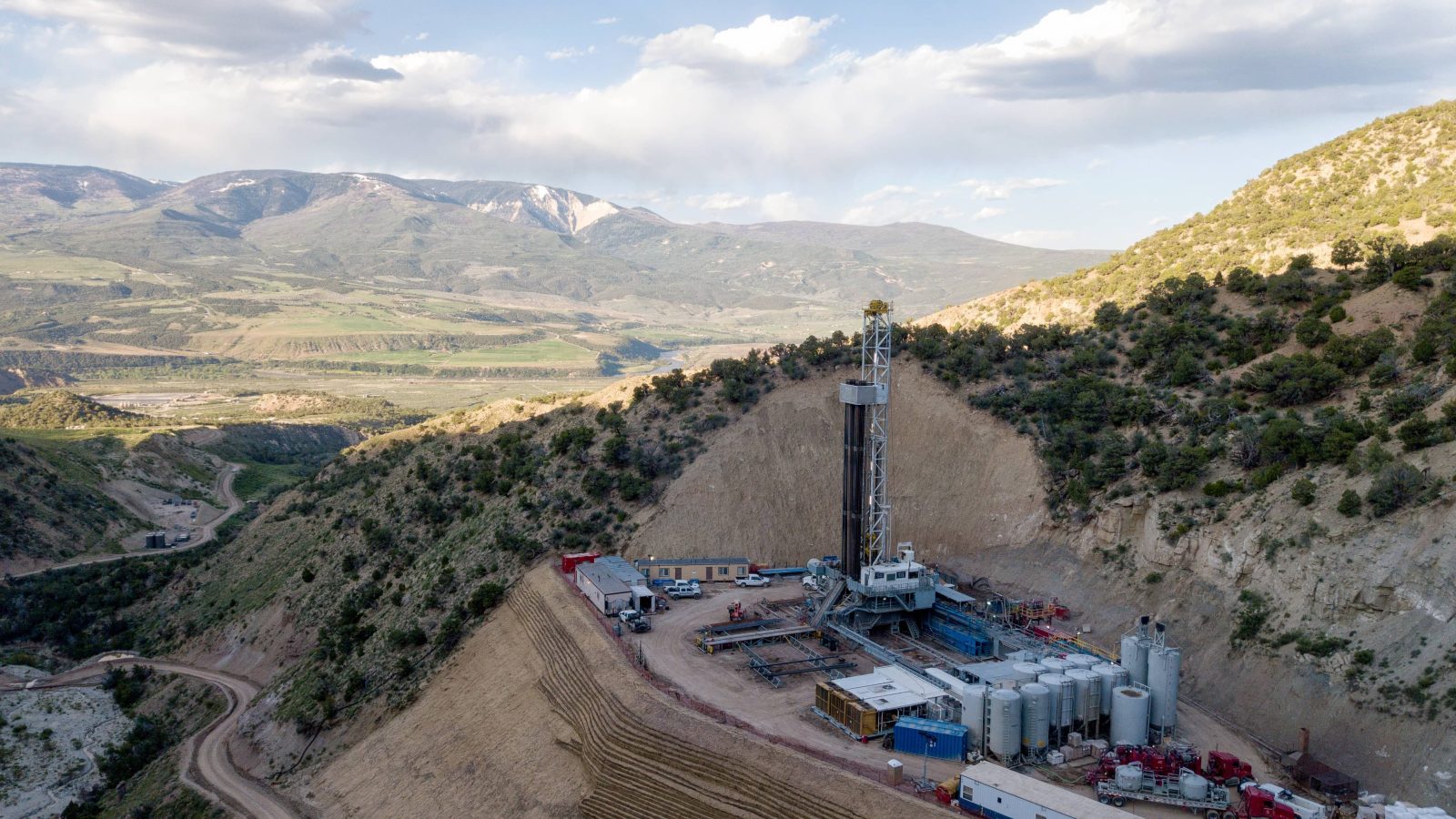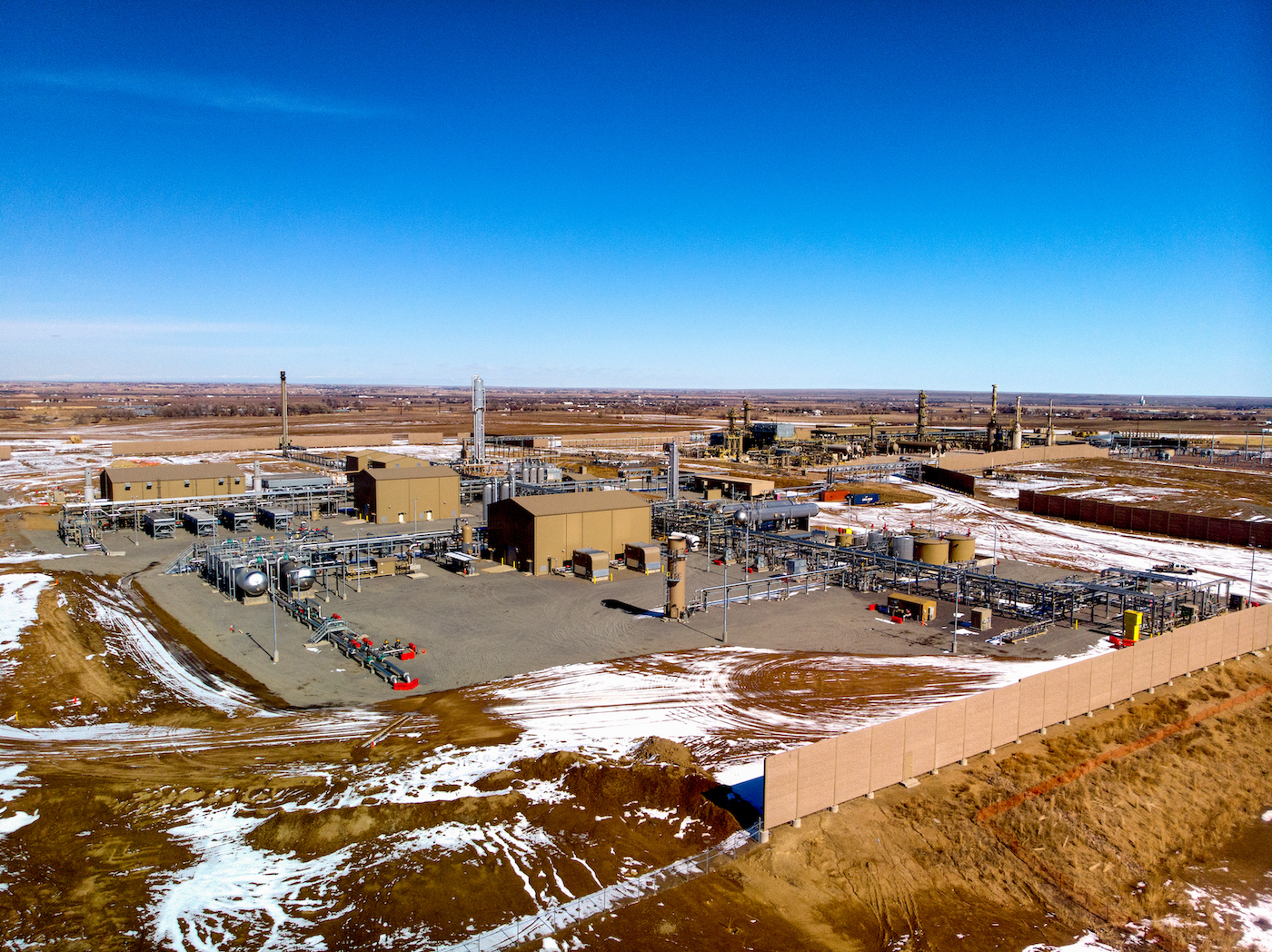In 2020, at a campaign event in New Hampshire, then-presidential candidate Joe Biden made a promise to voters. “No more drilling on federal lands, period,” he said. “Period, period, period.”
Last week, Biden broke that promise. His administration announced it was opening up public land to new oil and gas leases, several months after suspending those types of leases.
Biden officials have a handy excuse for the reversal. In the summer of 2021, a federal judge in Louisiana struck down the Biden administration’s pause on new oil and gas leases on public lands. Climate advocates were furious when the White House announced the new leasing plan last week, but senior officials, citing the 2021 ruling, said their hands were tied. Biden’s new leasing plan opens up approximately 144,000 acres for new drilling, 80 percent less acreage than the Department of the Interior had originally evaluated for leasing. It also hikes up royalty rates on new leases from 12.5 percent to 18.75 percent. The Biden administration tried to balance its leasing move by releasing a report yesterday that shows it is on course to produce enough renewable energy to power roughly 9.5 million homes by 2025. Some climate activists weren’t sold.
“This is the Biden administration caving to the fossil fuel industry and directly breaking the promises he made on the campaign trail,” Collin Rees, a U.S. program manager at the climate group Oil Change International, told Grist, referring to Biden’s new leasing plan.
Biden’s latest decisions don’t have much to do with meeting (or not meeting) his climate goals. They’re not even really about reducing gas prices. Opening up new acreage for drilling won’t affect gas prices for at least a year; it certainly won’t have an impact as soon as the summer, when gas demand peaks.
So what’s it really about? “It’s a political move,” Paul Bledsoe, a strategic advisor for the Progressive Policy Institute and a former climate advisor for President Bill Clinton, told Grist. Nearly all of Biden’s domestic energy policies these days are centered around controlling the way American voters perceive his administration. Biden, Bledsoe said, “is playing a four-dimensional game of chess.”

In recent weeks, Biden has made a series of decisions that appear to be entirely at odds with his climate goals in order to bring down gas prices that have been rising due to inflation and Russia’s invasion of Ukraine. In March, prices at the pump rose to their highest levels in American history (though not higher than 2008 prices if you account for inflation). In addition to opening up federal acreage for oil and gas leases, Biden announced a plan to release 1 million barrels of oil per day for 180 days from strategic reserves and suspended a ban on summertime sales of higher-ethanol gasoline blends.
Those moves will do little to nudge gas prices down in the short term. But that’s not really the point. “I think the White House’s view is: ‘We’re in a bit of a crisis, we need to check every box,’” Bledsoe said. “The domestic leasing was one of those boxes. I think we’re done now, there’s going to be no more focus on additional near-term supply policy. He’s done everything he can do.”
Bledsoe argues that the Biden administration had to make these tough decisions, and not just because inflation and high gas prices will hurt Democrats as they head into a tough midterm election cycle. Biden’s ultimate goal is to get Democrats to repackage and pass a slimmer, more climate-focused version of his Build Back Better Act. That act, which was passed by Democratic lawmakers in the House last November and included $320 billion in clean energy tax credits, stalled out in the Senate after two centrist Democrats, Joe Manchin of West Virginia and Kirsten Sinema of Arizona, indicated they couldn’t get behind it. Recently, Manchin has hinted that he’s open to supporting the climate portion of that bill, reinvigorating discussions around the legislation in the Senate.
Despite the strange optics of a pro-climate president boosting fossil fuels, Bledsoe doesn’t think Biden’s recent decisions are at odds with the president’s climate vision. If Biden shows American voters and the Senate that he has done everything he can to alleviate rising gas prices in the short term, he said, perhaps he can convince lawmakers to turn to the arduous task of rejiggering Build Back Better into something that can pass.
“I think the president can now argue that he’s done everything he can to alleviate near-term gasoline prices, now let’s focus on medium and long-term energy prices and driving down those costs,” Bledsoe said. But the clock is ticking. If Democrats are going to pass the climate portions of Build Back Better before the midterms, then they need to start writing up a new bill now. “It can’t be done overnight,” Bledsoe said. “I’m starting to worry that the clock is running out.”
Rees, the climate advocate, doesn’t buy the argument that increasing oil and gas production now will ultimately help Biden achieve his climate goals. “It’s one thing to try to boost production in the very short term but the big question mark for us is whether you’re locking in new production and expanding the fossil fuel industry,” he said. “Nothing is worth locking that in and it’s certainly not clear that doing so will help him pass a climate bill.”




